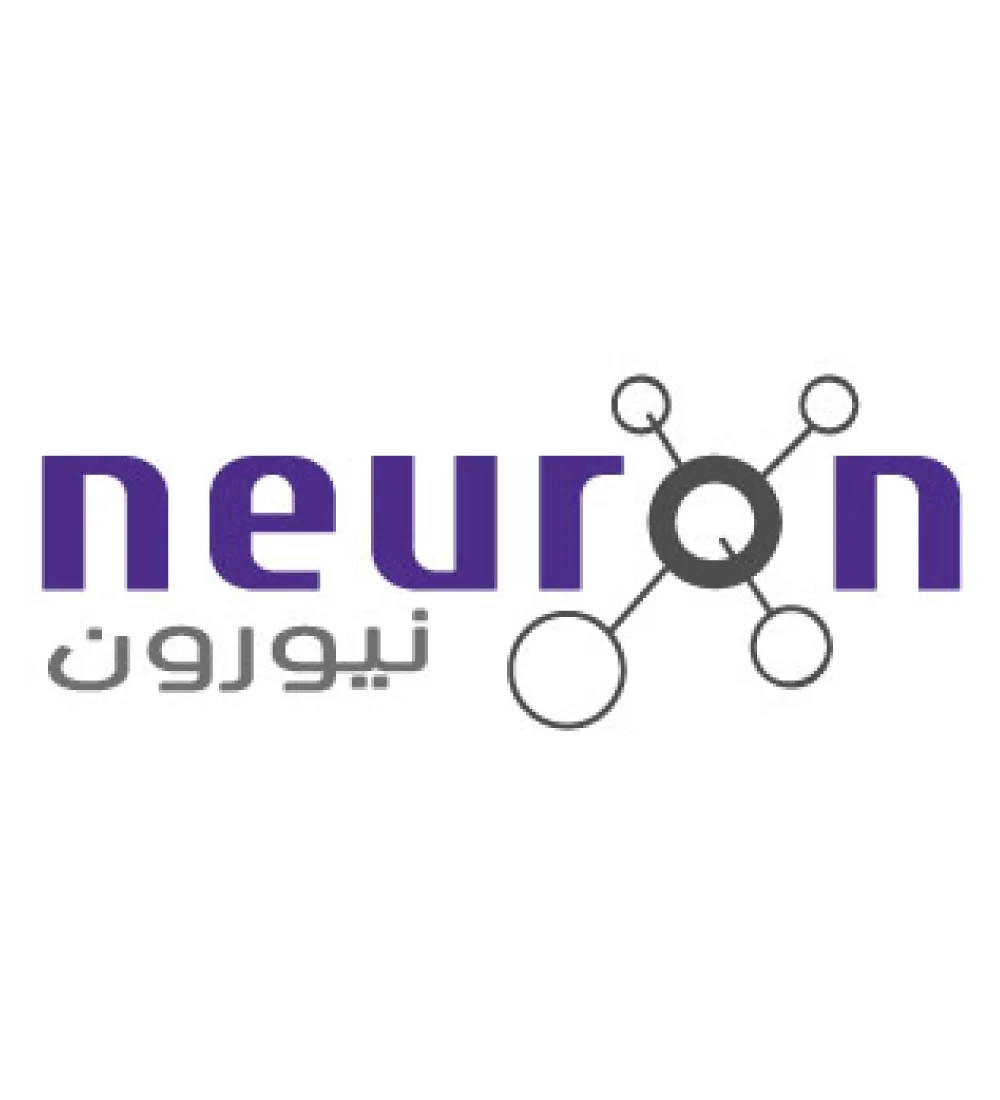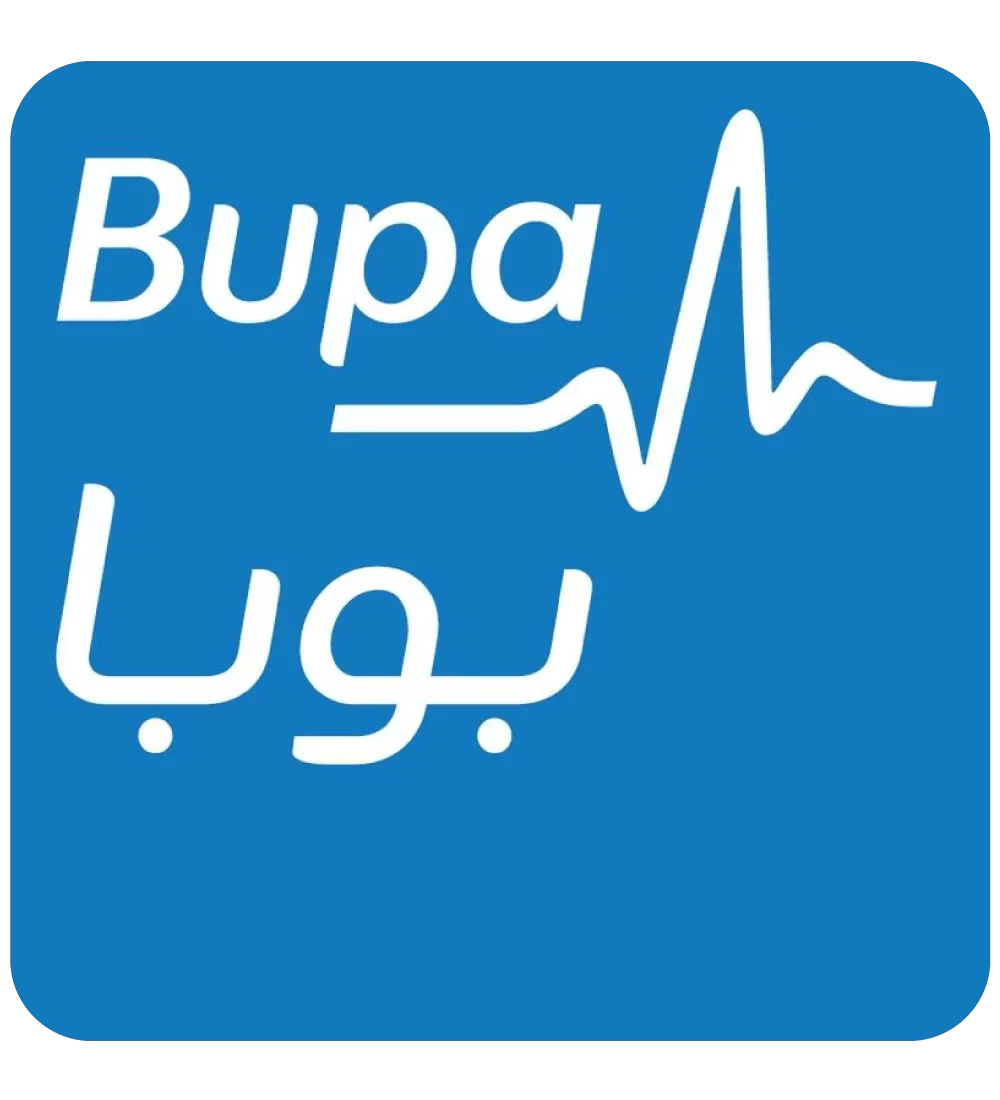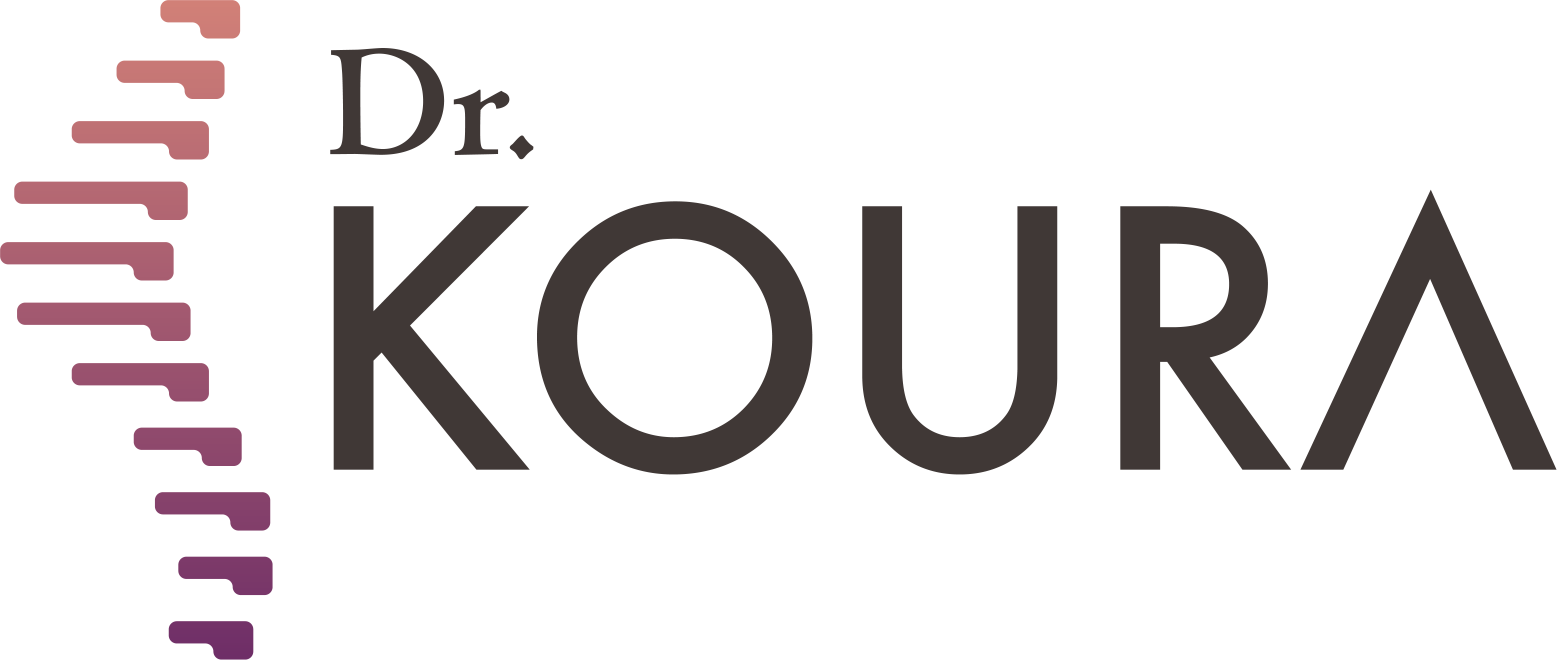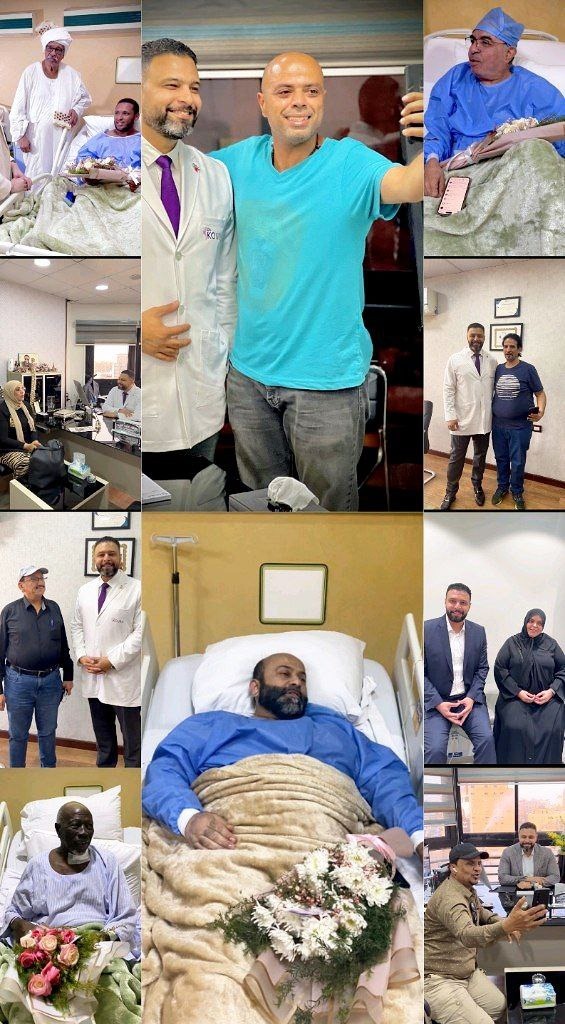
To see patients' reviews
Click hereBotox injections for headaches
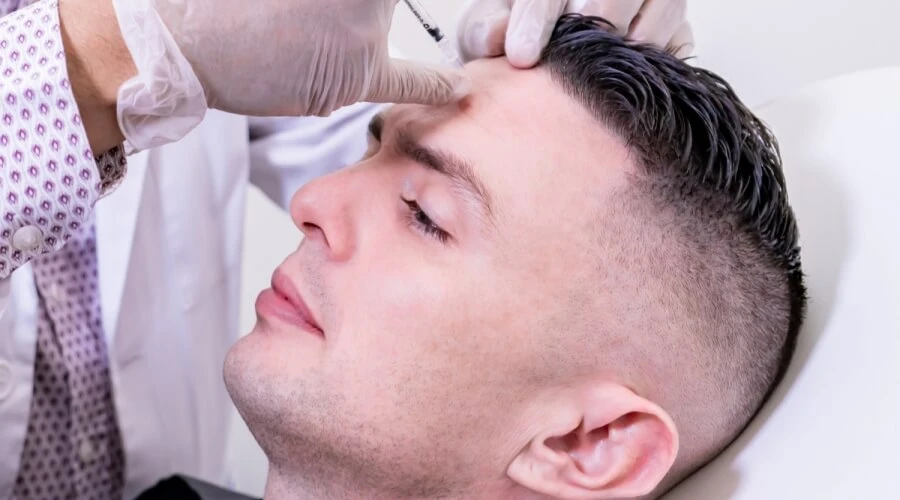

Headaches are a common problem that affects the quality of daily life for many people. Their causes can range from tension headaches to cluster headaches, or even headaches resulting from cervical vertebrae osteoarthritis. In recent years, Botox injections for headaches have emerged as a treatment option that reduces the frequency and severity of headache attacks. Botox is also used to treat trigeminal neuralgia in some cases that do not respond to conventional medications. In this blog, we will discuss what Botox is for headaches, how it is used, who are suitable patients, its benefits, and when to resort to it or to options such as radiofrequency ablation for headaches.
What is Botox for headaches?
Botox, the brand name for botulinum toxin, is one of the most popular medical and cosmetic treatments worldwide. It is used to reduce wrinkles and treat certain muscle disorders. However, in recent years, medical studies have shown that Botox injections for headaches are not just for cosmetic purposes; they can also be an effective way to reduce chronic migraine attacks and improve quality of life for patients who have not responded well to conventional treatments. So, if you suffer from frequent and severe headaches, Botox injections may be a modern and safe medical option worth trying under the supervision of a specialist like Dr. Mohamed Qura.
Studies have also indicated that Botox may be an option for treating trigeminal neuralgia, especially in cases unresponsive to drug treatments, through local injections into sensitive areas.
How is Botox used to treat headaches?
Botox injections for headaches work by relaxing muscles and reducing the nerve signals that transmit pain from the head and neck to the brain. Precise doses of Botox are injected into specific areas such as the forehead, sides of the head, back of the head, and neck, with the goal of reducing muscle tension that causes chronic pain. This treatment is considered an effective option, especially for patients with persistent headaches that do not respond easily to painkillers or traditional treatments.
Botox for Treating Different Types of Headaches
Studies have shown that Botox can help reduce the following types of headaches:
Chronic headaches: Botox is effectively used to reduce the number and severity of headache attacks, and has been medically approved in many countries for treating this type of headache.
Tension headaches: In some cases where muscle tension is the primary cause of pain, Botox injections help relax muscles and reduce the sensation of persistent pain.
Cluster headaches: Although evidence is still limited, some doctors use Botox to relieve persistent cluster headaches, especially in cases that have not responded to medication.
Neck headaches and headaches resulting from cervical spondylosis: When the cause is muscle tension or nerve compression in the neck area, Botox injections help reduce muscle spasms and improve blood circulation, which relieves posterior headaches and radiating pain to the head.
Benefits of Botox for Headaches
Reducing the number of headache days and severity in chronic headaches.
Pain relief in cases of trigeminal neuralgia that do not respond to conventional treatment.
Side effects are usually mild and temporary, such as minor bruising or a temporary change in appearance (temporary asymmetric facial contouring).
A non-surgical procedure performed in the office without a major incision.
Those Suitable for Botox Injections
Those who suffer from headaches that occur more than 15 days a month and have not responded well to conventional treatments.
Patients with trigeminal neuralgia (trigger nerve pain) that is not controlled by medication. In these cases, Botox is used as a non-surgical alternative.
Cluster headaches that do not respond to conventional treatment (often tried as an additional option).
Patients with neck pain or back headaches accompanied by muscle spasms or nerve compression, where Botox can help relax the surrounding muscles.
In conclusion, Botox injections for headaches are one of the latest medical techniques proven effective in reducing chronic headache attacks and treating trigeminal neuralgia without surgery, in addition to helping with headaches resulting from cervical spondylosis or tension headaches. However, it's important to thoroughly evaluate your condition before starting treatment to determine whether Botox is the right option for you.
At Dr. Mohamed Qoura's Center, headache treatment is provided with advanced medical expertise that combines Botox injections for headaches, radiofrequency ablation, and precise interventional medicine techniques, under the supervision of Dr. Mohamed Qoura, one of the most prominent doctors in the field of pain and headache treatment. The center relies on accurate diagnosis and the latest imaging techniques to ensure effective and safe results for each case.
If you suffer from chronic headaches or trigeminal neuralgia and are looking for the best doctor for headache treatment and the best doctor for neck pain treatment, contact Dr. Mohamed Qoura's Center now to book your consultation and start your path to a pain-free life thanks to modern, precise, and safe treatments.
Dr. Mohamed Koura is here to assist you using the latest therapeutic techniques, including thermal radiofrequency and laser treatments for spinal pain without surgery—book your appointment now from here.
Why Choose Dr. Mohamed Koura ?
Simply because he is the best doctor in his feild. He stays updated on the latest treatment technologies through his participation in various international conferences with leading foreign doctors and experts. Finally, and most importantly, Dr. Mohamed Koura is the best doctor in Egypt and the Arab world, possessing 12 non-surgical techniques for treating spinal and joint problems. He was the first to introduce modern interventional treatment techniques in Egypt & the Middle East and is the only one using the disc fx technique to treat spinal pain.
To see patients' reviews
Click hereCertainly not, some cases must be treated surgically, and the most appropriate technique for the patient is determined through a medical examination and the presence of imaging studies.
No, it is necessary to make a reservation through a phone call or social media messages.
There are no risks or side effects associated with non-surgical pain interventions.
The patient needs only 3 to 4 days before they can travel comfortably, and the hospital stay does not exceed 6 to 8 hours.
A condition cannot be accurately assessed and a proper medical diagnosis made without a medical examination and recent imaging studies.
Yes, there are several payment methods available through Visa or electronic wallets by making a reservation on our website.
Certainly, obesity is one of the causes of knee osteoarthritis.
Radiofrequency activates the nerve and does not cause any damage to it.
Non-surgical interventions are a definitive treatment for some cases and pain relievers for other cases, which is determined by the doctor through a medical examination.
If the herniated disc is fully treated, there is a possibility of it reoccurring in some cases, such as not following the doctor's prescribed instructions after the intervention, experiencing an accident, or making a sudden wrong movement like lifting heavy objects.
The entire disc is not removed due to the presence of several risks and it may exacerbate the condition. Only the protruding part that causes pain is removed.
This cannot be done with radiofrequency, but it is performed through other techniques that Dr. Koura conducts.
The success or failure of non-surgical interventions cannot be judged through radiographic imaging because these procedures involve making subtle changes to critical parts to address the issue. Consequently, they do not produce significant changes to avoid potential complications in the future or damage to the spine and joints, which is our primary goal.
Spinal stenosis does not typically cause sciatica. In most cases, disc herniation is what may lead to sciatica. This does not necessarily mean that a patient with sciatica will also have spinal stenosis.
Sciatica may return if the patient does not adhere to the medical instructions provided by the doctor or in the event of an unexpected accident.
A life without pain without surgery
Once you book with Dr. Koura
Get rid of pain with just one call.. Book your appointment now with pain Management consultant Dr. Koura.
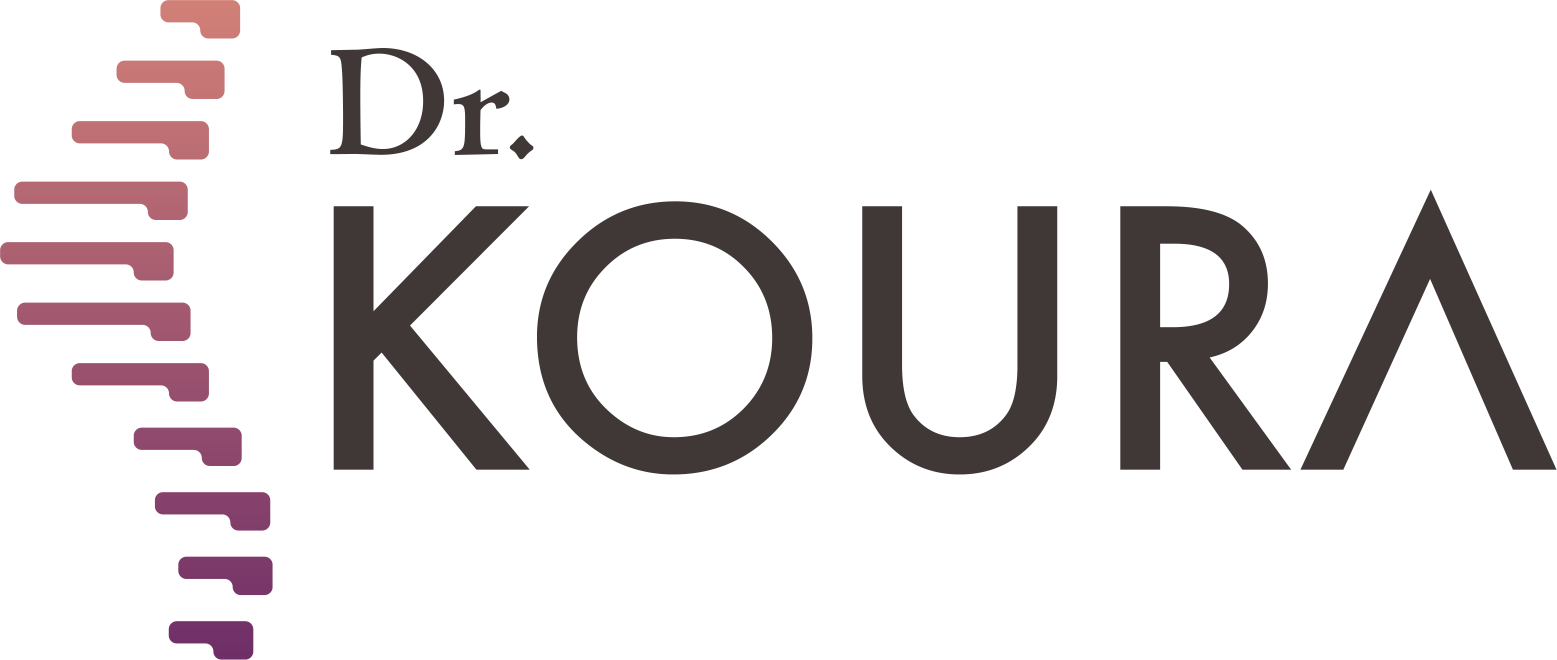





-webp.webp)




-webp.webp)







